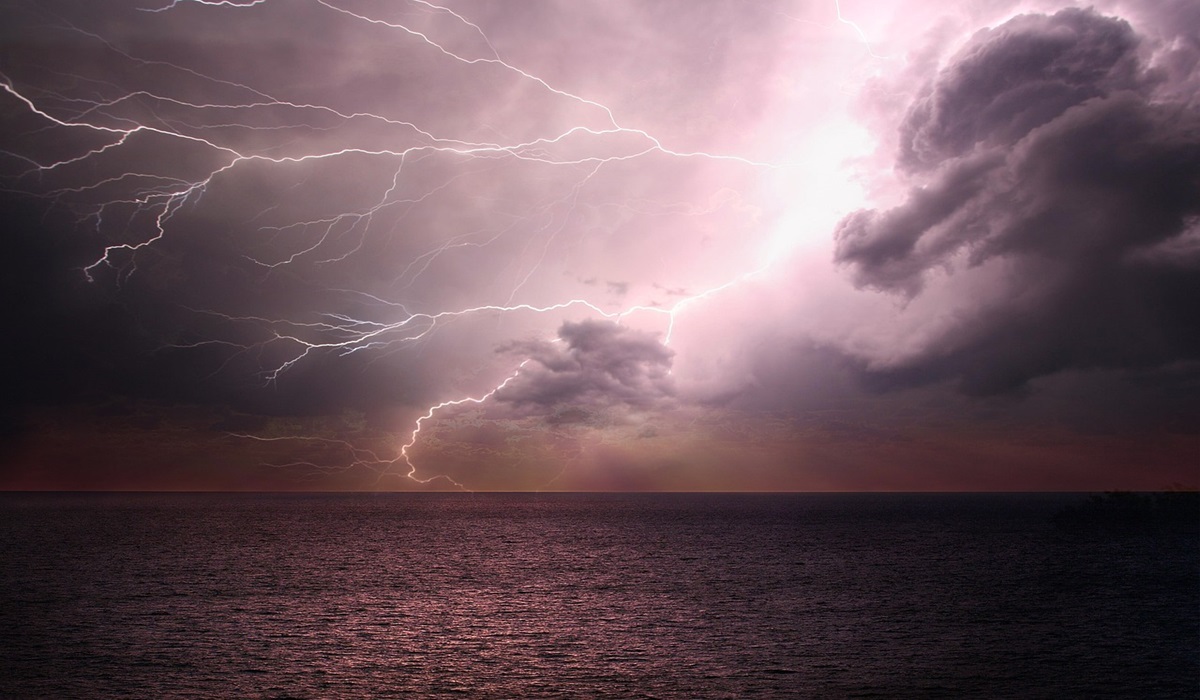Solar Storm Threatens Communications and GPS Systems, US Government Issues Rare Warning
- TDS News
- U.S.A
- May 10, 2024

Image Credit, Enrique
In an unprecedented move, the United States government has issued its first severe geomagnetic storm watch in nearly two decades, warning of a massive solar storm expected to hit Earth tonight. This event, caused by a significant eruption on the sun’s surface, has raised concerns about potential disruptions to communications and GPS systems worldwide.
Solar storms occur when the sun releases a burst of energy and charged particles into space. When these particles interact with Earth’s magnetic field, they can create geomagnetic storms, which have the potential to interfere with electronic systems and infrastructure. Tonight’s storm is predicted to be particularly powerful, prompting officials to issue a rare warning to prepare for possible disruptions.
One of the primary concerns surrounding this solar storm is its impact on satellites orbiting the Earth. Satellites play a crucial role in modern communication networks, providing services such as television broadcasts, internet connectivity, and global positioning system (GPS) navigation. However, during a geomagnetic storm, satellites can experience increased drag and atmospheric heating, leading to malfunctions or even permanent damage.
Cell phone networks are also at risk during severe geomagnetic storms. These networks rely on satellites for communication between devices, as well as ground-based infrastructure for signal transmission. The disruption of satellite communication can result in dropped calls, slow data speeds, and in some cases, complete loss of service. Additionally, the increased electromagnetic activity during a solar storm can interfere with the operation of cell phone towers, further exacerbating connectivity issues.
The potential impact of tonight’s solar storm extends beyond satellite and cell phone networks. Power grids are also vulnerable to geomagnetic disturbances, with the potential for widespread blackouts in regions with inadequate protection measures. Additionally, aviation and maritime industries may experience disruptions to navigation systems, posing risks to air and sea travel.
In response to the impending solar storm, government agencies and private companies are taking precautions to mitigate potential damage. Satellite operators are adjusting their systems to minimize the risk of interference, while telecommunications providers are implementing contingency plans to maintain essential services. Emergency response teams are on standby to address any disruptions that may occur.
While the exact extent of the impact remains uncertain, tonight’s solar storm serves as a stark reminder of the vulnerabilities inherent in our interconnected world. As reliance on technology continues to grow, so too does the importance of preparing for events that threaten to disrupt the systems upon which we rely. As the solar storm approaches, individuals and organizations are urged to take appropriate measures to safeguard their communications and infrastructure.








